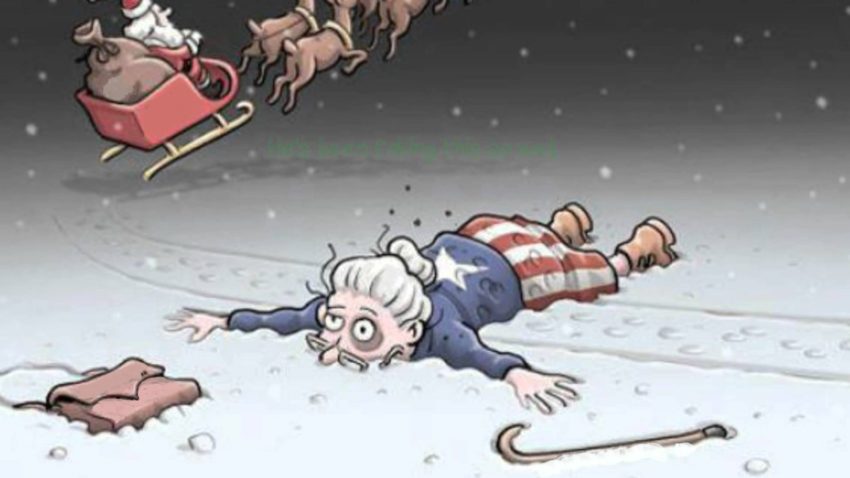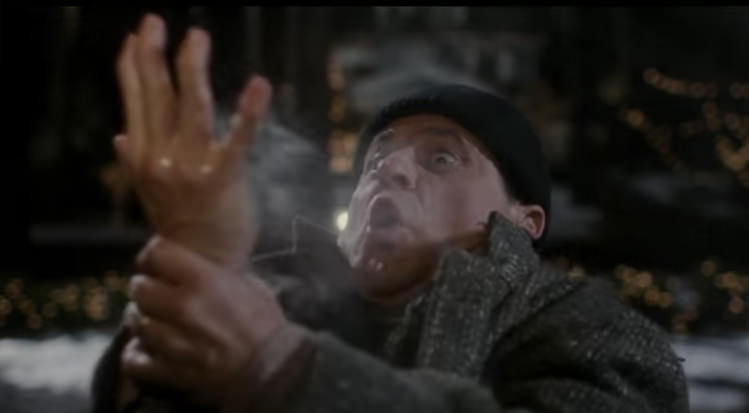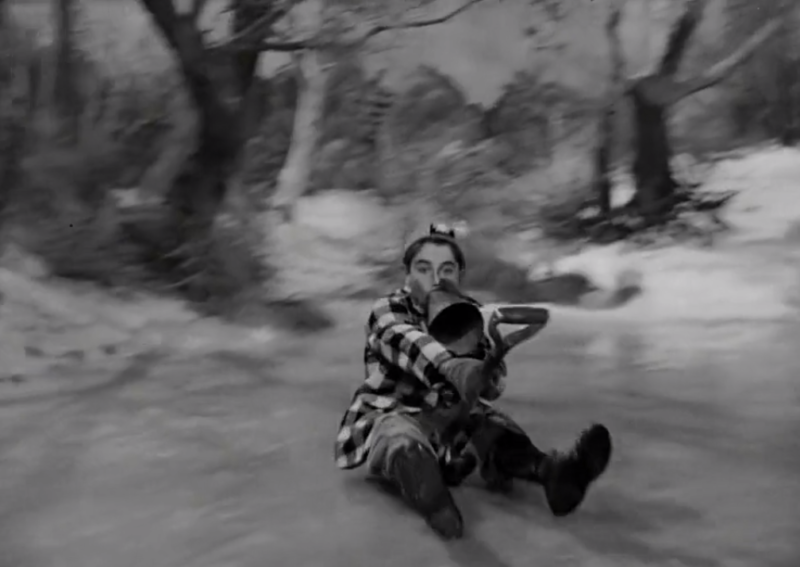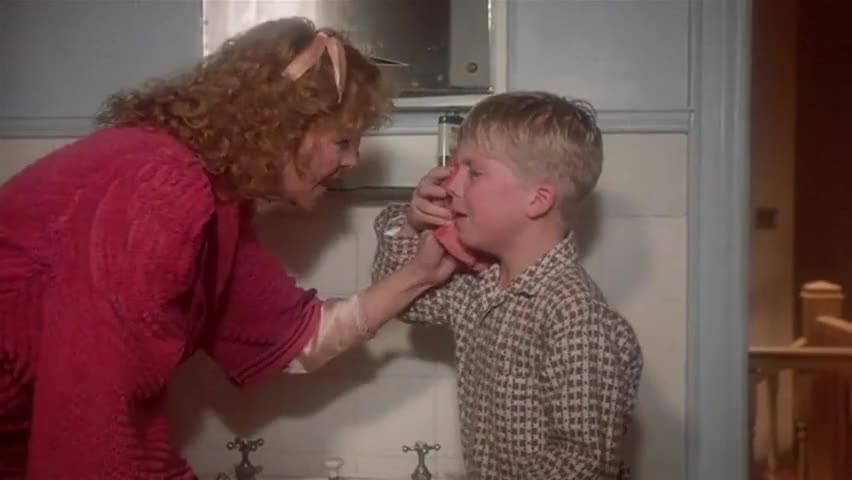
This time of the year when the snow is steadily falling, us humans tend to start doing a bit more falling of our own. This trend even increases right around the holidays. Our minds are on lists and shopping, and cooking and decorating, traveling and far from where they should be to keep ourselves safe.
Winter is full of added hazards that aren’t present during warmer months and that may sneak up if you’re unaware they are lurking. You may also fall victim if you are aware but fail to effectively mitigate the risks. As such, let’s take a look at some of the most common winter injuries and some methods to avoid them.
1) Bruising/Broken Bones from Slipping on Ice/Snow – Slips, trips, and falls account for a high percentage of injuries anytime, and frequency only increases when surfaces become icy. Be aware of your surroundings and wear adequate footwear with good tread.
![I'm sure he'll fall.. [Christmas Vacation]](https://i.ytimg.com/vi/w3gTKdJnMHk/hqdefault.jpg)
2) Falls from Ladders – Alright Griswold, the lights look amazing. Just careful getting down from there! Always maintain three points of contact, always face the ladder and remember the 4-to-1 set-back rule (bottom of ladder 1′ out from supporting structure for every 4′ of rise).
3) Chilblains (Exposure of unprotected skin to cold) – You know the guy; you’re cold just looking at him. It’s 12 degrees, no beanie, no mask, skinny skis, killer shades! Side effects may include redness, chafing, and irritability. Cover that skin!
4) Frostbite – Frostbite is freezing of the skin and underlying tissue due to prolonged exposure to cold. If you do get frostbite, it’s important not to warm up the area until you can keep it warm. Re-exposure to cold can cause permanent damage. Adequate clothing and planning should always be at the top of your checklist before venturing out.
5) Gashes from Opening Gifts – Whoa… Just. Slow down there, buddy.

6) Oven Burns – Remember the technique Harry uses to checks the back door knob after getting burned by the front doorknob of the McCallister’s? Pretty effective technique when checking whatever’s on in the oven. Just make sure you don’t lean in too far and burn your head!
7) Knife Cuts – Most cuts happen due to dull knives that slip. Keep your knives sharp, your focus on the task in front of you, and your hands out of the way – don’t cut a bagel like that!!
8) Sprained Ankles – A common injury that often catches you off guard. Minor sprains can heal in about 10 days while major sprains may leave you with joint issues for the rest of your days. Again, be mindful of conditions where you are walking and wear appropriate footwear. Bonus points if they tie above your ankle.

9) Muscle Strains from Shoveling Snow – Shoveling frequently rather than waiting until the end of the storm regulates the effort required to remove snow. Especially, when done while the snow is still cold and dry. But wouldn’t you rather just pay the neighbor’s kid a Vail Resorts-like wage to do it?
10) Ruptured Discs from Heavy Lifting – Lift from the knees and not the back. Better yet, ask for some help.
11) Torn ACL – A common season-ending injury with such severe long-term consequences it’ll make you cringe just to think about. Often associated with lateral knee movement that can occur while skiing backseat. Read up and avoid getting beat up – this is definitely an injury you want to consciously avoid.
12) Whiplash from Car Accidents – It’s easy to let out a “phew, that was close” after skidding to stop and nearly avoiding an accident. However, the danger may not be over. Check that rear-view if you can to see if the next person is able to do the same. It may be just enough time to move and avoid unwanted holiday crashers.

13) Hypothermia – Hypothermia is a loss of body heat at a faster rate than your body can produce and often leads to quickly deteriorating health unless controlled. Make sure you have adequate clothing for whatever activity you may be doing, including outerwear that’ll keep you dry. If there’s any chance at all that you could get caught out overnight, make sure you have a solid plan and are prepared for the worst-case scenario.
14) Concussions – Helmets save lives, obviously, but helmet safety is often seen in terms of a single incident that would’ve, or that did save a life. We’re only beginning to understand some of the long-term effects concussions have on the brain, even if they weren’t fatal or caused immediate damage. Your brain loves snow. Really. It’s neuroscience. Keep it that way.
15) Dislocations – “You can’t get hurt if you don’t fall down” – Warren Miller. But if you do, don’t ask. The answer is NO, not popping it back in. Go see a professional who actually has a clue.

16) Cuts/Slices/Punctures from Icicles – Are you seriously going to walk under those things? I think Darwin’s got a Christmas card with your name on it.